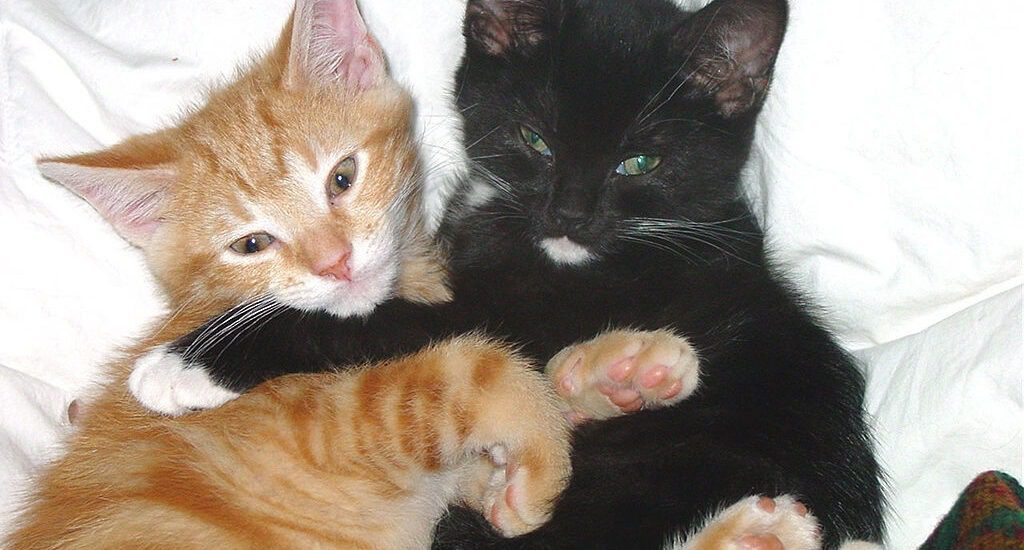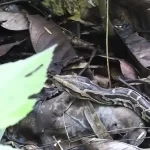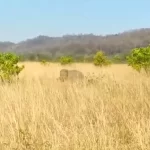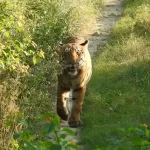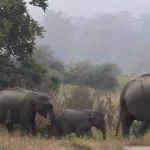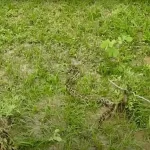Every year, International Cat Day is celebrated on 8th August. It was started by the International Fund for Animal Welfare in 2002.
Cats are among the most admired creatures on the planet. They evolved over last 40 million years and today there are more than three dozen species of cats in the world. Some of the most common and visible features of cats are round heads with short muzzles, lean and slender bodies and erect ears. They have great senses of sight and hearing and reasonably good sense of smell. Many cat species across the world are nocturnal, all of them are carnivores and most are ambush hunters. Almost all modern cat species have retractable claws that go back in to the sheaths. Cats belong to family ‘Felidae’ that includes large cats (subfamily ‘Pantherinae’) and small cats (subfamily ‘Felinae’).
Cat family is represented in Corbett Tiger Reserve by six species that include Tiger and Leopard (large cats) and Jungle Cat, Leopard Cat, Fishing Cat and Rusty Spotted Cat (small cats).
Tiger Panthera tigris
One of the most handsome member of the cat family; terrestrial; ventures into water in hot weather to cool itself, prefers to hunt large prey including deer, boar, monkey and langur, elephant calves, peafowl; occurs in forests, scrublands, grasslands, forest clearings and near human habitations; most commonly seen member of the cat family in Corbett Tiger Reserve.
Leopard Panthera pardus
An extremely versatile large cat, sharing the Tiger’s habitat and adapted to arboreal and terrestrial lifestyle; mostly nocturnal; may occur in forests, scrublands, grasslands, forest clearings and near human habitations; capable of hunting large prey including deer, boar, monkey and langur, large birds, but may survive on smaller prey if needed; capable of carrying prey up on the trees that are half of its body weight; occasionally encountered in Corbett Tiger Reserve due to its secretive habits.
Jungle Cat Felis chaus
Crepuscular and nocturnal; may occur in scrublands, grasslands and forest clearings; hunts small mammals, birds and reptiles but may hunt creatures that are much larger than itself, including porcupine and Spotted Deer fawns; most commonly encountered small cat of Corbett Tiger Reserve.
Leopard Cat Prionailurus bengalensis
Nocturnal and crepuscular; highly arboreal; may occur in forests, forest clearings, scrublands and grasslands; hunts small prey; rarely encountered in Corbett Tiger Reserve.
Fishing Cat Prionailurus viverrinus
Strictly nocturnal; partially webbed feet but webs do not cover claws completely; preys on fish and waterfowl and also on small prey on land; may occur along the wetlands, forested streams and rivers; rarely encountered in Corbett Tiger Reserve.
Rusty Spotted Cat Prionailurus rubiginosus
The smallest cat in the world; often mistaken for a small House Cat; strictly nocturnal; not a dense forest species and often found close to human habitation; rarely encountered in Corbett Tiger Reserve and most likely overlooked.
